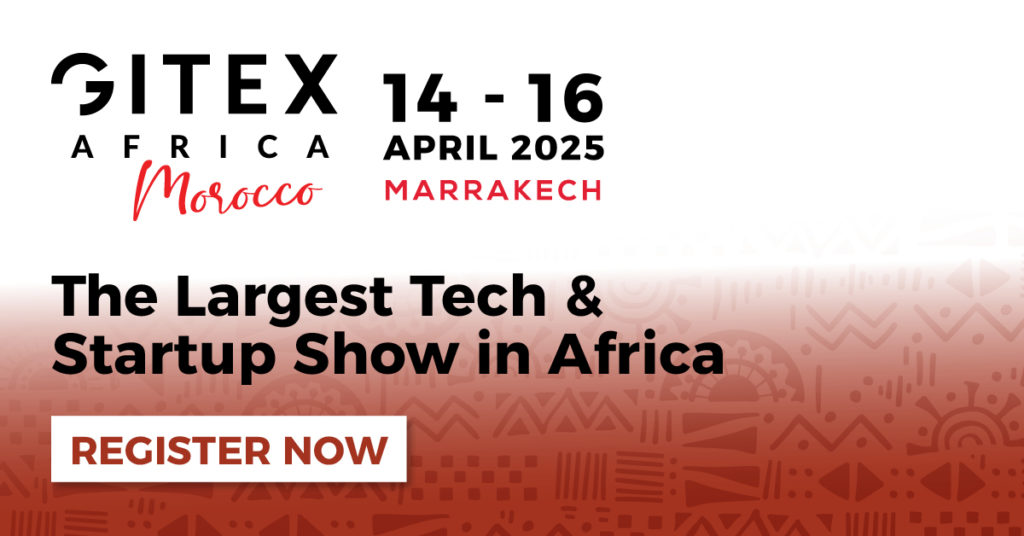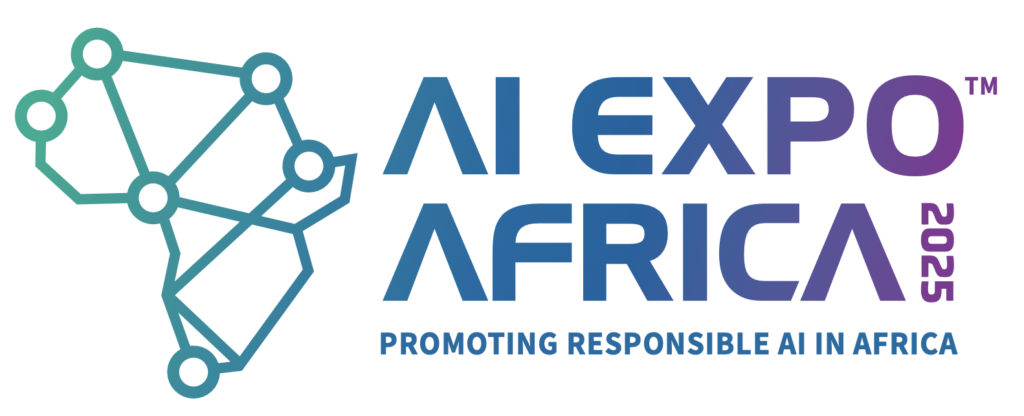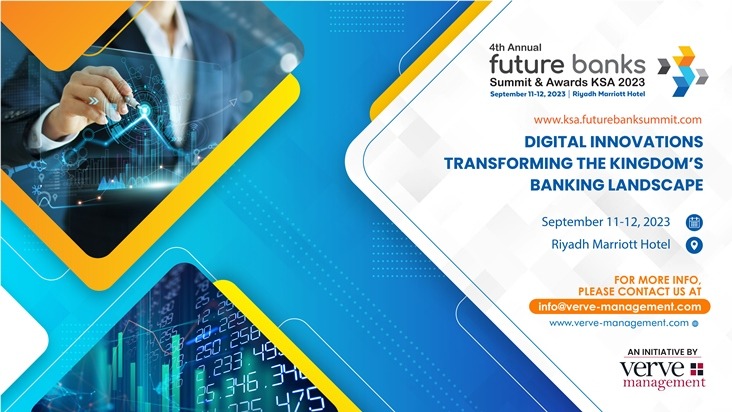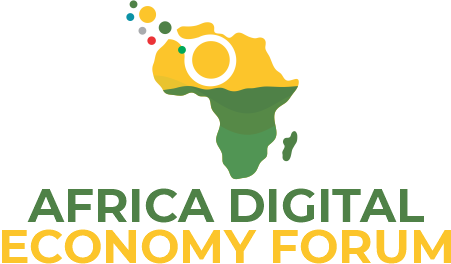The concept of “financial inclusion” has been a buzzword in development circles for decades, promising to uplift the vulnerable by integrating them into the formal financial system. Professor Milford Bateman, a long-time critic of microfinance and its digital successor, fintech, has once again challenged the prevailing narrative in a recent Jacobin Magazin interview. He argues, quite persuasively, that these initiatives, while often well-intentioned, have frequently devolved into mechanisms of extraction, benefiting investors at the expense of the very communities they are supposed to serve. His critique demands a serious reassessment of the M-Pesa model and a consideration of alternative, public-oriented approaches. This is not a dismissal of digital financial services, but a call for a fundamental shift in their design and purpose.
RELATED: M-PESA and Chapa ink partnership to boost ease of transactions in Ethiopia
His interview also points to a real problem, regulators not only in Africa, but globally are trying to find ways to navigate and regulate technology.
The Illusion of Transformation.
Bateman’s core argument centers on the transition from microfinance to fintech. Microfinance, initially hailed as a poverty-eradication tool, ultimately proved disappointing. Rigorous evaluations, even those by initially enthusiastic proponents like Nobel laureates Abhijit Banerjee and Esther Duflo, revealed minimal positive impact on poverty levels. Yet, the narrative shifted, not to question the fundamental model, but to call for more financial inclusion – a “last mile” push that, logically, made little sense given the already extensive reach of microfinance.
Fintech, in Bateman’s view, represents “microfinance on steroids.” It leverages digital platforms to expand the reach of financial services, but, crucially, it often retains the underlying profit-driven model. This is where the fundamental flaw lies. While digital tools can undoubtedly improve efficiency and accessibility, the primary motivation of many fintech companies is not poverty alleviation, but profit maximization.
The Microfinance Crucible: From Development Panacea to Extraction Engine.
Roots of a Revolution
The mobile money phenomenon traces its ideological lineage to 1980s microfinance experiments in Bangladesh and Bolivia, where Muhammad Yunus’ Grameen Bank demonstrated the viability of small loans for informal entrepreneurs. By the mid-2000s, microcredit institutions achieved 92% financial inclusion rates in Kenya through networks of community-based organizations – a success story that would later inform M-Pesa’s design.
Bateman’s analysis reveals the fatal flaw in this trajectory: “What began as poverty alleviation became poverty capitalization”. Commercial micro lenders like Compartamos Banco and SKS Microfinance achieved astronomical returns by charging effective annual interest rates exceeding 100%, fueling a $120 billion global industry by 2015. The 2010 Andhra Pradesh crisis, where over 80 farmer suicides linked to microloan debts forced India’s microcredit crash, offered grim foreshadowing of mobile money’s darker turns.
Digital Leapfrogging’s Double Edges
M-Pesa’s 2007 launch through a partnership between Vodafone and UK development agencies initially fulfilled microfinance’s aborted promise. Within three years, 70% of Kenyan adults used the platform to send $320 monthly on average – equivalent to 35% of GDP per capita. Early studies showed mobile money increased household consumption resilience by 19% during droughts through remittance networks.
But as Bateman notes, “The moment Western investors smelled scalable profits, social impact became a PR afterthought”. Safaricom’s operating margins on M-Pesa soared to 45% by 2015 through transaction fees and float income, even as withdrawal charges consumed 8-12% of users’ average monthly balances. The platform’s 2022 integration with Mastercard and Visa opened conduits for $2.8 billion in cross-border extraction annually through currency conversion spreads.
The numbers are stark. Fees for small transactions can reach 10% or more. This is particularly impactful for those at the “bottom of the pyramid,” who rely on M-Pesa for essential daily transactions and remittances. The “kadogo economy” – the realm of small-scale, informal businesses and workers – is disproportionately burdened by these fees.

The situation is further exacerbated by the structure of products like Fuliza, an overdraft facility, and Okoa Jahazi, an airtime loan service. These products, while providing short-term liquidity, often trap users in cycles of debt, with interest rates and fees disproportionately impacting the most vulnerable. The very individuals who were meant to benefit from increased financial access are now paying a premium for it.
The M-Pesa Ecosystem: Financial Inclusion or Digital Enclosure?
Platform Capitalism’s New Frontiers
An analysis of Safaricom’s 2023 financial statements provides insights into the company’s digital revenue generation and data monetization strategies. While person-to-person transfers still drive 62% of M-Pesa’s $1.2 billion annual revenue, fastest growth comes from microloans (27% CAGR) and merchant payments (34% CAGR). The Fuliza overdraft service – used by 76% of active customers – charges 7.5% monthly interest on average balances, translating to 132% effective annual rates.
Bateman’s warning about “dumbing down” economies materializes in Kenya’s SME sector. Despite $4.3 billion in digital loans disbursed through M-Pesa in 2023, formal enterprise creation stagnates at 2.1% annual growth – compared to 5.8% pre-M-Pesa levels. The platform’s very efficiency at monetizing informal transactions creates perverse incentives: 68% of microbusiness owners now prioritize mobile money operations over productive investments.
The Kenyan government’s 2024 Finance Act, imposing a 3% excise duty on M-Pesa transactions, reveals the state’s dual role as partner and parasite. While generating $320 million annually for public coffers, the tax disproportionately impacts low-income users – effectively monetizing financial inclusion for fiscal stability.
The India & Brazilian Countermodels: Public Digital Infrastructure as Alternative
Lessons:
Bateman points to Brazil’s experiments with “people-centered” fintech as a potential path forward. In Maricá, a municipality near Rio de Janeiro, a conditional basic income program is delivered through a community bank (Banco Mumbuca) using a local digital currency (the mumbuca). This system avoids the extractive fees of private platforms like Visa and Mastercard, reinvesting the value generated within the community.
The instant payment system Pix, launched in 2020, processed $1.3 trillion in 2023 through zero-cost transactions for individuals – achieving 76% adoption without private intermediaries. Crucially, Pix integrates with Brazil’s public banking system, allowing Banco do Brasil to offer microloans at 14% APR through CBDC smart contracts – compared to M-Pesa’s 132% rates. The model demonstrates how state-led digital finance can achieve inclusion while avoiding debt traps. As Bateman argues, “Only when profit motives are removed from payment rails can fintech serve public purpose”.
India’s Unified Payments Interface (UPI) provides a roadmap. By mandating free sub-$10 transfers and open architecture, UPI boosted digital payments 74% annually while keeping costs near zero. The result?
- 350 million active users (vs M-Pesa’s 51 million)
- 85% market share for domestic e-commerce
- 12,000+ fintechs built on public infrastructure
“UPI proves that when you separate payment rails from profit motives, innovation flourishes,” says RBI Deputy Governor Rabi Sankar. “But it requires regulators to be architects, not just referees”
Kenya’s Last Best Chance: The National Payments Policy 2022-2025.
Kenya’s proposed National Payments Policy for 2022–2025 represents a critical turning point. The challenges outlined by Bateman, and echoed by numerous stakeholders in the African tech ecosystem, demand a fundamental rethinking of financial inclusion in the digital age. We need an “M-Pesa 2.0” – a model that leverages the power of technology but prioritizes social impact over profit extraction.
This requires several key shifts:
True Interoperability: By enabling seamless interaction among licensed fintechs and payment platforms, the policy seeks to dismantle the current silos. This would reduce unnecessary transaction costs and foster a more competitive ecosystem.
Neutral National Switch: Perhaps the most revolutionary aspect is the creation of an unbiased central switch for settling transactions. Such a system would open the market to banks, telcos, and fintech innovators alike, breaking the stranglehold of entrenched incumbents like Safaricom.
Prioritizing Public Benefit: Governments and development agencies should explore public or community-owned fintech platforms, modeled on the Brazilian examples. These platforms can offer low-cost or free services, ensuring that the benefits of digital finance accrue to the users, not just the providers.
Fair Pricing and Transparency: Regulators must actively monitor and address excessive fees and charges, particularly those impacting low-income users. Transparency in pricing structures is crucial, allowing users to make informed choices.
Responsible Lending Practices: Products like overdraft facilities and microloans must be designed and regulated to prevent cycles of debt. Financial literacy programs should be integrated into these services, empowering users to manage their finances responsibly.
Data Privacy and Security: Robust data protection regulations are essential, safeguarding user information and preventing misuse.
Ecosystem Collaboration: A collaborative approach, involving governments, regulators, tech companies, and civil society organizations, is crucial. This includes fostering open dialogue, sharing best practices, and developing context-specific solutions.
Several African nations—South Africa, Rwanda, Uganda, Nigeria, and Tanzania—are already taking steps toward unified, neutral national payment systems. Kenya, with its storied legacy in mobile money innovation, now has the opportunity to set new standards for inclusive and equitable financial infrastructure.
The Innovation Imperative
A Central Bank-led national payment system with open API access would fundamentally reshape Kenya’s financial landscape. By creating a level playing field for banks, telcos, and fintechs alike, it would foster innovation and competition. Entrepreneurs could bring new financial products to market without depending on entrenched intermediaries.
The potential benefits are substantial:
- Reduced transaction costs through increased competition
- Greater innovation in financial services
- Improved financial inclusion through lower barriers to entry
- Enhanced security and efficiency in payment processing
- Retention of value within local communities
The Stakes and the Opposition
Change won’t come easily. Established players, particularly banks and telcos, have strong incentives to maintain the status quo. The banking sector’s preference for integrating the national switch within Pesalink reflects this resistance to fundamental change.
But the stakes are too high to accept half-measures. Mobile money isn’t just a convenience in Kenya – it’s essential infrastructure that millions depend on daily. When fees become extractive, they function as a regressive tax on the vulnerable, undermining the very financial inclusion the system was meant to promote.
A Leadership Moment
This is more than a technical transition – it’s a defining leadership moment for Kenya’s financial sector. Success will require political will, technical expertise, and a clear vision for inclusive finance. But the potential rewards – a more efficient, competitive, and equitable financial system – make the effort worthwhile.
As Kenya grapples with these questions, it has the opportunity to once again lead Africa’s financial innovation. M-Pesa showed the world what was possible in mobile money. Now Kenya can show how to evolve beyond monopolistic platforms toward truly inclusive financial infrastructure.
The time for M-Pesa 2.0 isn’t just coming – it’s here. The only question is whether Kenya’s leaders will seize this moment to build a financial system that works for everyone.
Credit: Fintech Association Of Kenya

































